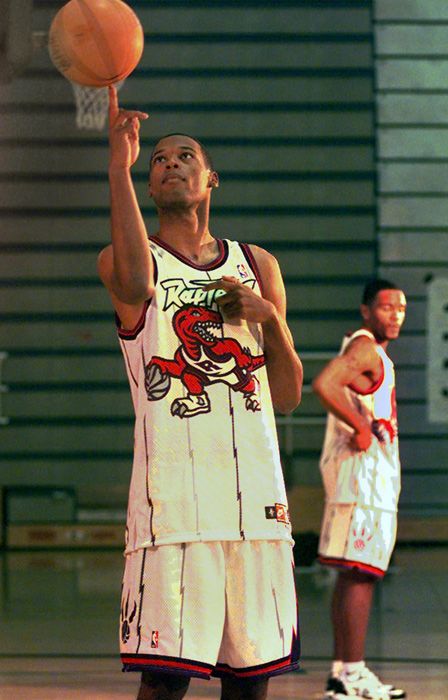Home »
Misc »
How to become a more aggressive basketball player
How to become a more aggressive basketball player
Basketball on the Edge - 10 Tips for Playing More Aggressive Basketball
Coaches in every sport say it, “Be aggressive out there!” What does that mean exactly? You know your coach wants you to “be more aggressive” but what specifically can you do to play more aggressively? Here are some suggestions of what you can do right now to play more aggressively and some suggestions that can help over the long term.
Play more aggressively today.
1. Go after loose balls.
Every coach loves a player who will get on the floor for a loose ball. Possessions are valuable, they give your team another opportunity to score. Be the player that gets after (AND GETS) every loose ball.
2. Develop an “Every rebound is mine.” mentality.
What stops you from going after every rebound? Unless it is your responsibility to get back on defense why not go hard after the rebound? I watch players in every game just stand and watch as the shot goes up. If you think “Every rebound is mine.![]() ” You’ll play more aggressively.
” You’ll play more aggressively.
3. Don’t hesitate. Make a decision and go.
Catch the ball and make a quick basketball. Are you open? Take a shot. Defender rushing at you? Head fake and drive. Teammate open? Make a quick pass. As your skill level improves (See #1 in the long term section) you’ll get better at eliminating hesitation from your game
4. Set physical screens.
Make contact with defenders when you screen. Too many players set phantom screens with little or no contact. It doesn’t take great talent to set a hard screen. Make setting physical screens part of your identity as a player.
5. Play with high energy.
Run the floor harder than your opponent. Don’t rest while you are playing help-side defense. Make hard cuts to the basket on offense. Think of all the little ways you can bring more energy to the game.
6. Communicate
If you want to play more aggressively become a better communicator. Talk more out on the floor.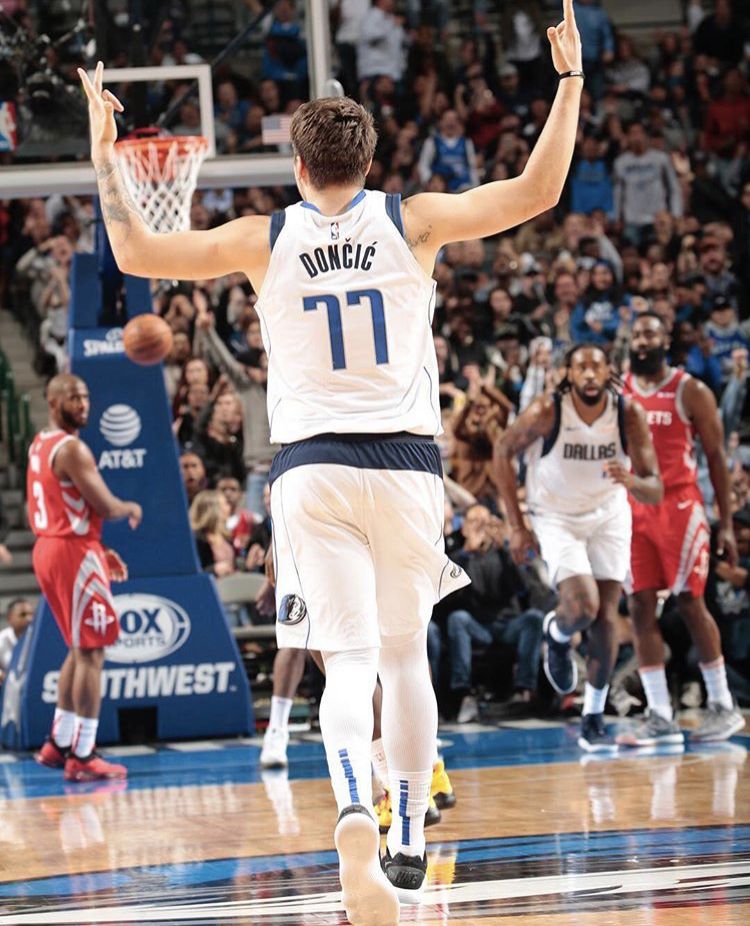 Remind teammates where to go, what to do, or about specific game situations. Your coach will perceive you as a more aggressive player when you are out there communicating and talking the game.
Remind teammates where to go, what to do, or about specific game situations. Your coach will perceive you as a more aggressive player when you are out there communicating and talking the game.
Ways to improve your aggressiveness for the long term.
7. Develop your basketball skills.
The better your basketball skill set the more likely you are to be aggressive. If you can’t dribble well with your weak hand, you probably won’t be very aggressive driving that direction in a game. As you develop your skills you’ll become more aggressive because you know you can do certain out on the court. You know you’ve put the time to become a better player that can “be more aggressive”.
8. Be confident.
Skill building is confidence building. When you are confident you feel you can do almost anything out on the court. You’ll be more relaxed, knowing you’ve put the time in working on your game. How much more confident and aggressive would you be shooting a game winning jump shot in a tie game with 2 seconds left if you had practiced 100 of those shots every day in the off-season? Confident players are aggressive players.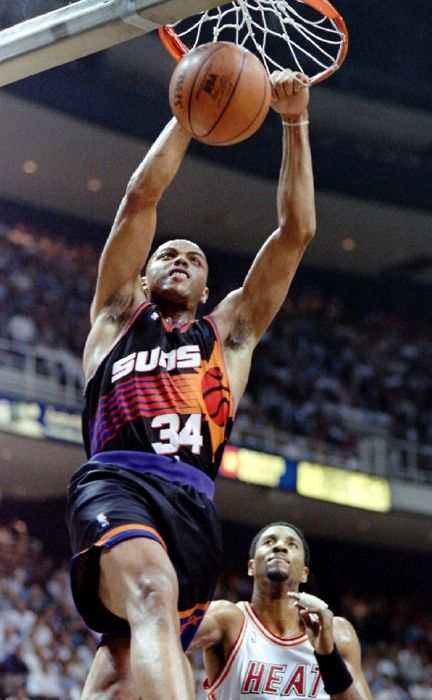
9. Get your body right.
Work on your strength, agility, cardio, and athleticism. Eat right, Get enough sleep. You can’t be aggressive if you’re worn down, injured, or tired.
10. Don’t fear failure.
When you play scared you often play trying to avoid mistakes. That is a sure way to avoid playing aggressively. Fear often grips players who are bench players. They check in the game feeling that one mistake will have them on the bench. Try to remember that fear really only exists in your mind. Play the way you are capable of playing and good things will happen.
Follow these ten tips and you can start being a more aggressive player today. Show your coach that you know how to “Be more aggressive!”
Leave us a comment about this post [email protected]
Sign up now to get a “Head Start” on your competition with our free basketball tip of the day delivered straight to your inbox. Click below, enter your email and we’ll also send you our E-Book, “Mental Toughness, Improve Your Brain – Improve Your Game”.
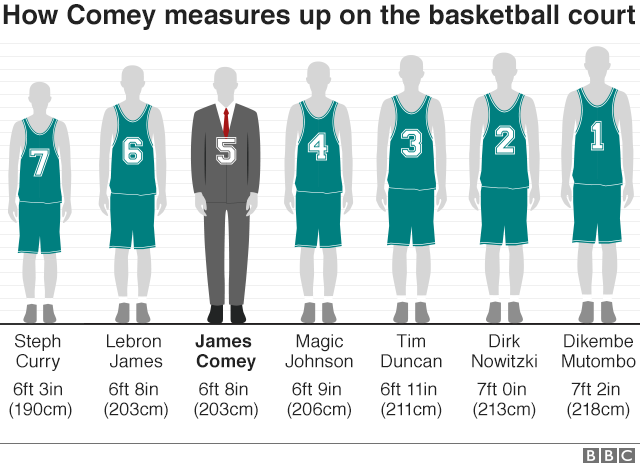
Free Tip of the Day!
7 Basketball Toughness Drills To Develop Aggressiveness, Confidence & Swagger
Skip to content How to Be More Aggressive in Basketball
If your youth basketball coaching sessions have seen your coach imploring you to be more aggressive out there on the court, there are a great number of drills you can do to gain more toughness and therefore more aggressive in your basketball.
Teaching the Aggressive Defensive Basketball Position Drill
Aggressive play starts with defense.
Put your energy into stopping that opposing player from scoring like your life depends on it. Get every rebound and never give up on it. This is a way to play aggressively when playing the fundamentals of basketball.
Your teammates will take notice and consider you a valuable asset on the court – someone who will always have their back.
Your teammates will feed off this energy and you will be considered a huge presence on the court. This, in turn, will give you the confidence you need for aggressive offensive play.
Own the Ball
When the ball is in your hands and you’re on the offense – own it! Cultivate the idea that the ball belongs to you – not the defender!
It is your ball…you are holding it.
It is not theirs…and never will be.
All you have to do is hold on to the ball, keep it from them, and the rest will come to you.
Have a Basketball Match with Unknown Players
If you find your aggression changes based on who you are playing, this can be a guide for taming your passiveness problem. It is common for players to play aggressively with their friends and people they know well as they are comfortable and in their element.
Players know that if they make a mistake with their friends they probably won’t punish them too badly for it. Players also know that if they push aggressively by using their elbows and arms more vigorously, accidentally hurting someone they know will be more quickly forgiven.
When we play against unknown players we are out of our groove and we don’t know exactly how they will react to aggressive play.
This can make us tense, nervous, and timid.
The key to getting out of this psychological rut is to play more with people you do not know – play more games with the people that make you nervous or in settings that push your boundaries. Each time you play with unknown players you are building your mental strength.
You will be gaining the experience and learning the skills needed to deal with any kind of teammate or opponent, as well as proving to yourself that there is nothing to fear.
Develop Your Skills in Basketball
It’s easy to look at the best players on the team that seem to effortlessly scoring basket after basket and think: “Well, I would be confident if I could play that well.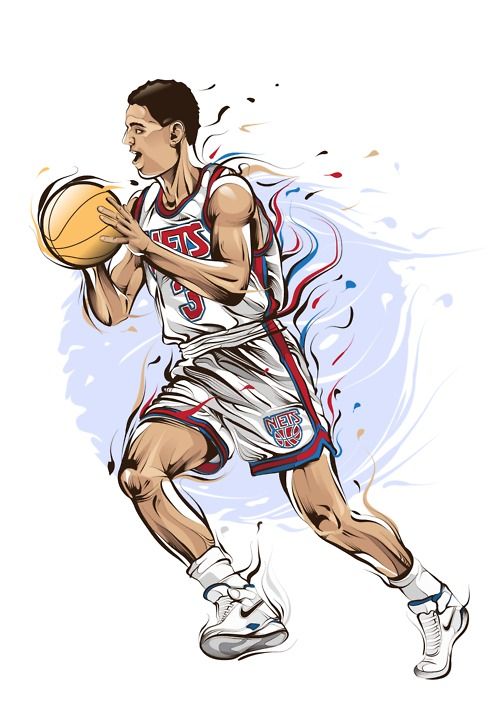 ”
”
The fact is they have practiced those shots hundreds or thousands of times.
If you practice the same way you will feel the same confidence – even when there are three seconds left on the clock and the ball is in your hands.
If you’ve got a weak dribble with the ball in your left hand, for example, work on it every day.
Work on your strength, your athleticism, agility, and playing skills. Eat the right food, and get enough sleep every day so you’re always playing at your best and developing your skills as quickly as possible.
Teaching the “Build the Habit Drill”
Consciously start hand-checking and boxing out more often. Much like any habit: aggressive, confident basketball playing comes from forcing yourself to do it time and again…until it becomes second nature.
This builds your toughness!
If you find yourself standing around the perimeter then it’s time to remind yourself to get in there and work – even it if appears your immediate efforts are unimportant.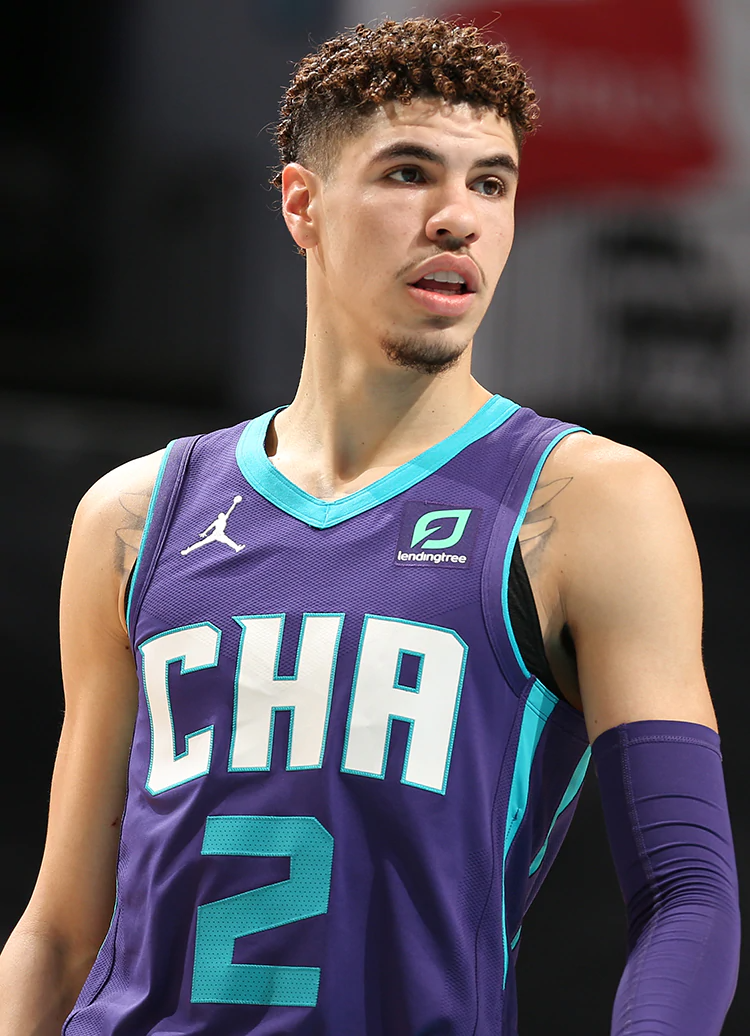 It’s all about building up those aggressive habits until they become second nature as you become a naturally aggressive player.
It’s all about building up those aggressive habits until they become second nature as you become a naturally aggressive player.
Try Cross-Training
One suggestion is to cross-train in a different sport…perhaps football?
Football is a highly aggressive contact youth sport…much more so than basketball.
You will be learning how to play aggressively every day and becoming used to the rough and tumble of competitive sports!
Never Fear to Fail
If you’re often benched, you might build a mental block where you fear that any on-court failure will have you back on the bench. You prefer to play it safe – a dangerous thing to do in basketball. Try to remember that fear is just a state of mind.
You have the power to tell yourself “No, I’m not afraid!”
Taking more risks will make you a better player. Your coach will ultimately not want to bench the player that’s always ready to go in for that loose ball.
Aggressiveness and mental toughness comes from confidence. The less confident we are, the more fearful we are of making mistakes. The more fearful we are of making mistakes, the more we fear failure. The more we fear failure, the more we fear our coaches. Ultimately, this is can result in a loss of passion for the game, which again feeds into a lack of aggression on the court.
The less confident we are, the more fearful we are of making mistakes. The more fearful we are of making mistakes, the more we fear failure. The more we fear failure, the more we fear our coaches. Ultimately, this is can result in a loss of passion for the game, which again feeds into a lack of aggression on the court.
Love the game first, and you’ll want to get in there and win it all for your cherished teammates.
The Mental Toughness Academy has a program designed specifically to improve your ability on the court. Our Basketball Mental Toughness program can teach you how to overcome negativity and doubt by instilling confidence and mental fortitude.
A mentally tough athlete is an unstoppable athlete!
Welcome to the Winner’s Circle!
Craig Sigl, The Mental Toughness Trainer and Youth Sports Specialist
Craig Sigl2021-04-14T02:59:37+08:00
Go to Top
Technical training of back row players
replica Swiss watches
- Each has a ball.
 Players take the main stance of a basketball player. Dribbling with the right and left hand. High and low lead. Eyes must be raised and look at the coach.
Players take the main stance of a basketball player. Dribbling with the right and left hand. High and low lead. Eyes must be raised and look at the coach. - Everyone has a ball. Players take the main stance of a basketball player. Three strokes with one hand, then a transfer to the other, and so on (pay attention to the work of the brush when transferring, it should look at the floor and swing at the moment of transfer). Haste with two and one hits. Also with movement to the side (one step when moving to the side).
- Work on the amplitude when translating in front of you. Wide and low (drawing an arc). Translations with one hand from the side (left and right hand).
- Low transfers with both hands under the legs in a figure of eight.
- Two blows with both hands in front, two blows behind the back.
- With one hand, transfer in a circle under 1 foot, with one side kick, transfer goes through the back. (watch the basketball stand). Complicated by translation without a side impact.
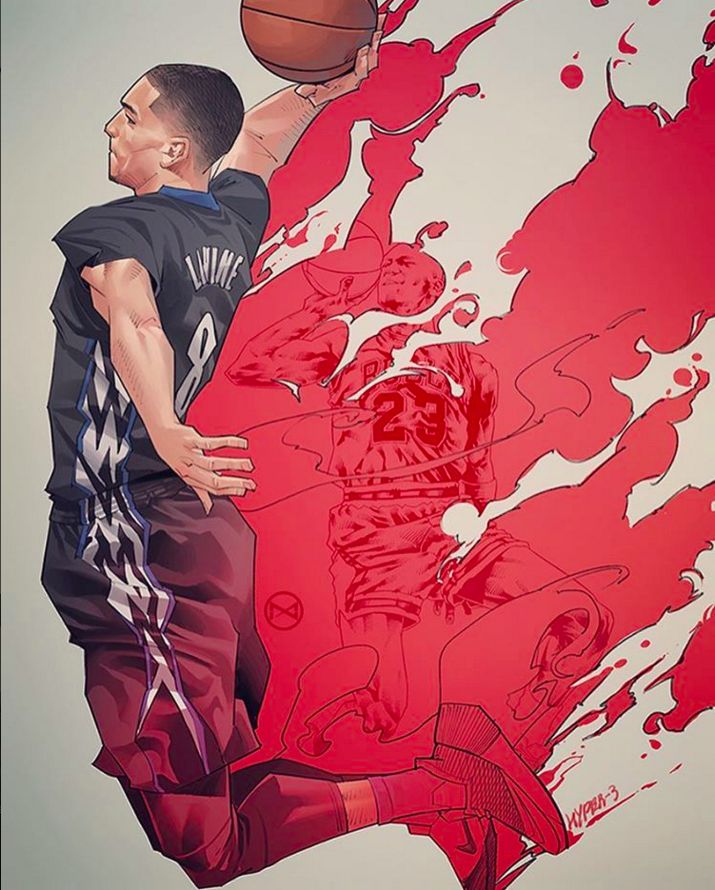 Then transfers alternately with the right and left hand (with and without 1 side). Then everything is the same, but only the translation goes through before.
Then transfers alternately with the right and left hand (with and without 1 side). Then everything is the same, but only the translation goes through before. - Work on site. An imitation of an attack is made (just one step forward. The step should be fast and aggressive), then three hits, stepping back, moving the ball in front of you and also in the other direction. The stop after a step should be abrupt. Complicated by two and one blows.
- Stepping forward with the nearest foot towards the ball, then stepping back, then stepping again and transferring to the other hand.
- In place. A few kicks from the side then a translation in front of you with a small jump up.
- We start moving forward, also with only one step, then roll halfway (just intercept the ball, do not roll completely!). Once left, once right.
- From the basketball stance, attack forward and immediately jump back in one step.
- In place, standing in a basketball stance.
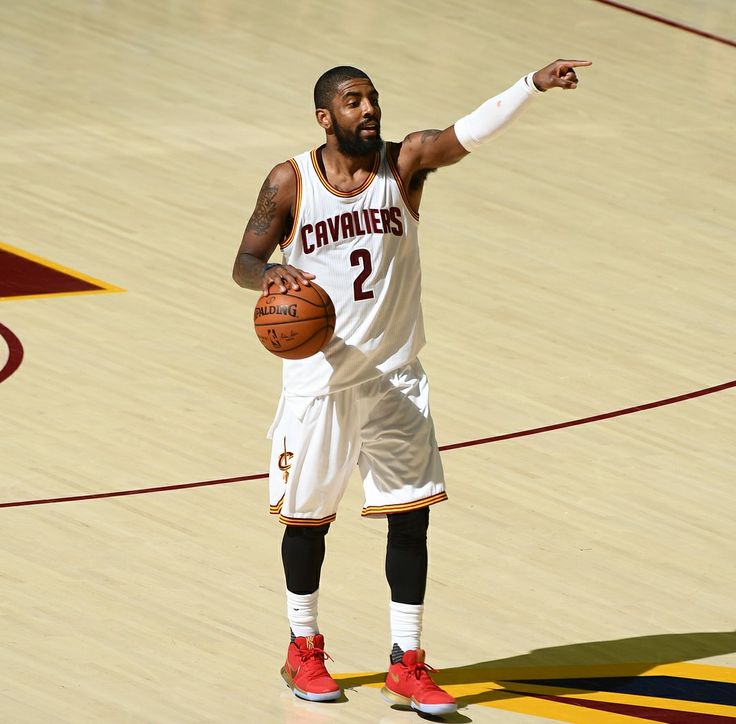 Dribbling two balls at the same time. High and low rebound, with alternating right and left hand strikes.
Dribbling two balls at the same time. High and low rebound, with alternating right and left hand strikes. - Dribbling with two balls forward and backward. Complicated by rebound height and amplitude.
- Dribbling one ball in front of you, the other on the side in amplitude.
- Mirror. In pairs, one has no ball, the other has two. We stand facing each other, the one who indicates exercises without balls, the player with balls must repeat everything.
- Dribbling two balls on the spot, with their transfer to different hands at the same time.
- In pairs. Each has two balls, we stand opposite each other, but one stands a little away from you. Simultaneous dribbling, then on a signal, the players must quickly exchange balls, while the balls must be in motion.
- One has three balls, different dribbling. The player must have time to drive all three balls, while moving in a small area. To start the exercise, the partner must help to introduce the third ball and then help if the player did not have time for some ball and he stopped jumping.
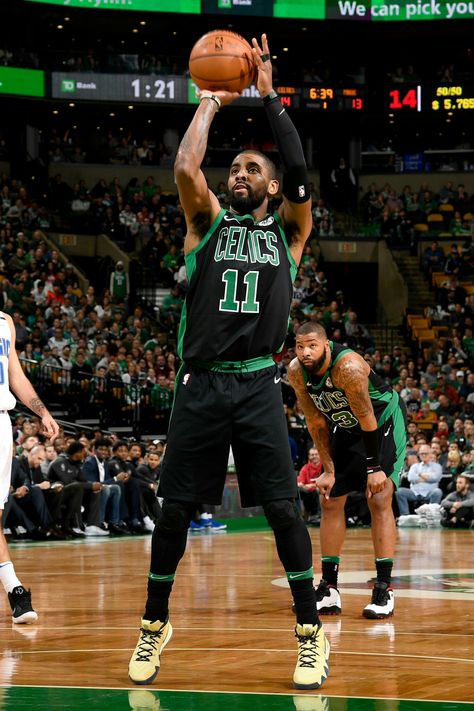 Complicated exercise 4 balls
Complicated exercise 4 balls - Everyone has a ball. We start with the front line. Driving with the left hand, right behind the back. We move forward making transfers of the ball in amplitude. Three transfers in front of you, the fourth should be a step forward with your left naked, transferring the ball under the foot from the inside and immediately transferring the ball behind your back.
- Dribbling the ball at speed across the court. The exercise begins with throwing the ball on the backboard, catching in a jump, landing and start running to the opposite ring with a two-step attack. In this exercise, it is necessary to monitor the correct dribbling, the correct work of the hands and the rebound of the ball. For example, if you are standing still, then the ball must be knocked exactly at 90 degrees slightly to the side of you and the arm must be fully extended, and the hand must also work clearly. When accelerating, the bounce of the ball must be directed at sharp angles, since you are directing the ball forward in the course of your movement, the more speed, the greater the angle.
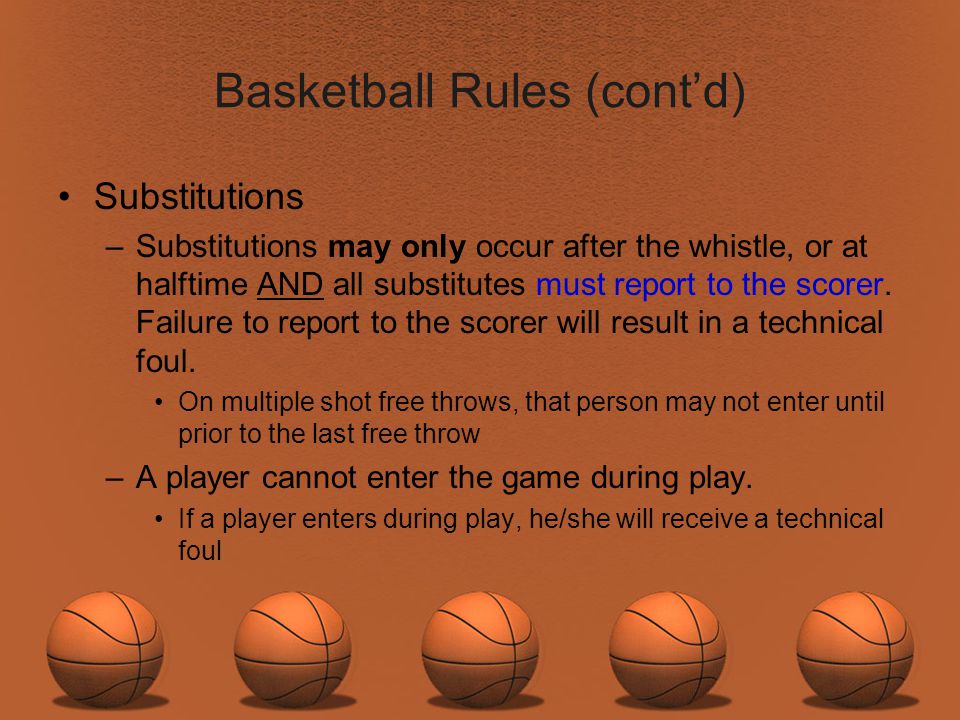 But do not overdo it, and also do not twist the ball or let it go far from you, as this is fraught with loss.
But do not overdo it, and also do not twist the ball or let it go far from you, as this is fraught with loss. - Work from the middle, aggressive attack of the ring in the center. We start the movement from the basketball rack with the ball showing. Several strikes are made, two steps and a ring attack. Everything has to be fast.
- From the trullnik. Only 1 hit, two steps and an attack is done. Follow the ball hit, if the player is in a low stance, then he starts moving with a long step and a sharp blow, respectively, everything is simplified from a high stance.
- We start from the baseline, each has a ball. The movement starts from the basketball stand. We move forward at speed on 3 lines, make a small speed drop and the drum is in place (three hits), then accelerate to the next line and again the drum.
- We start with the front line. We accelerate forward (about 5 steps), then come to a complete stop and sharp two steps in reverse. Then all over again.
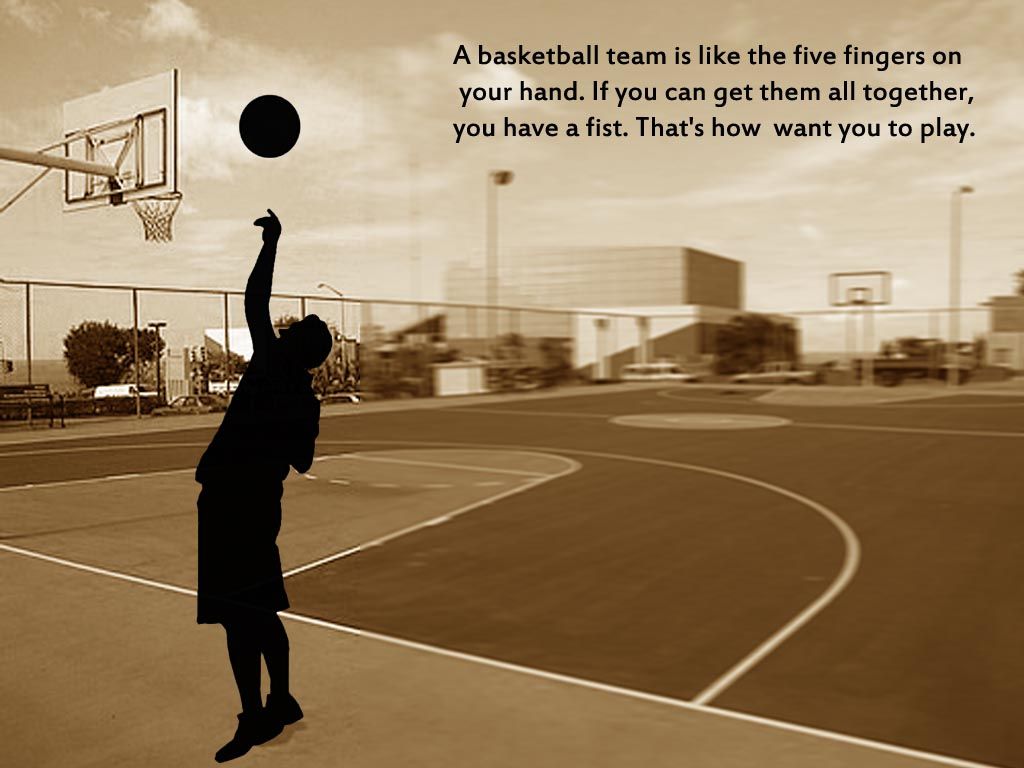
- Endline starts. We make an acceleration of about three steps, then a sharp stop and retreat back with 1 step in a jump, after transferring to the other hand.
- Dribbling the ball forward with the right hand at low speed. We make 3 hits with the ball and when stepping forward with the right foot, a transfer is made to the left hand. Then the same thing. When transferring the ball, we make a small stop.
- Movement from the end line. Translation in front of you is done with a small jump when stopping.
- Movement from the front to the center. Three hits are made, then a stop, a small step back, a transfer under the foot and immediately acceleration in literally two steps.
- Movement from the front. We begin to dribble with the right hand, then roll halfway so that the ball is not intercepted by the enemy, after mastering the ball with the left hand and immediately a slight acceleration.
- We start a little further than the middle, from the edge.
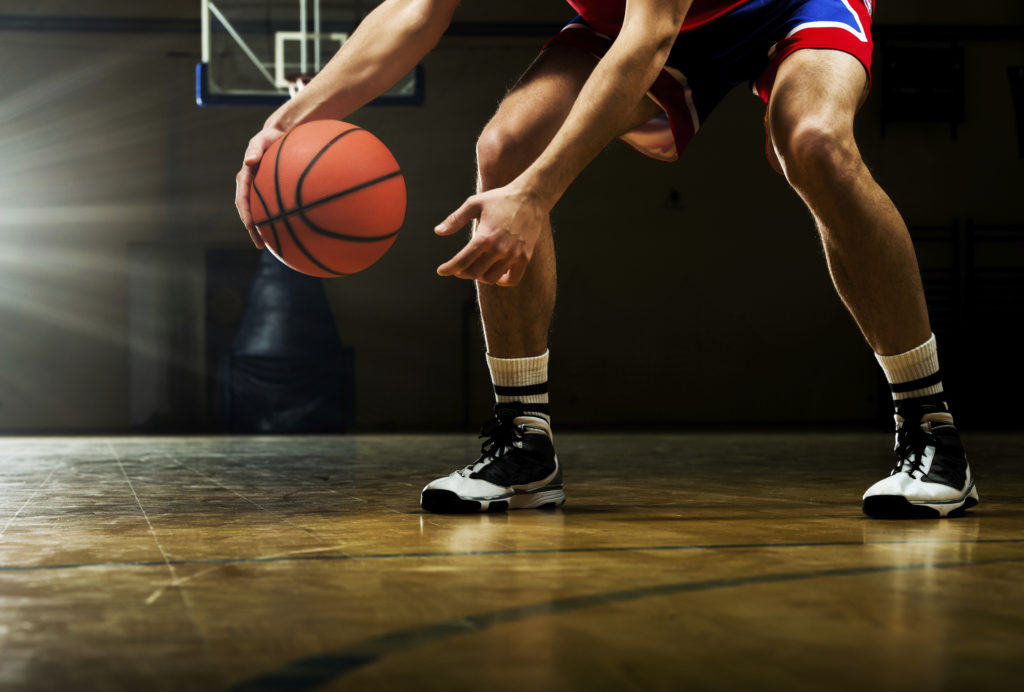 The movement begins with a basketball stand. We move to the center, dribble with the left hand, make a different translation on the trull and change the direction to the trull at 45 degrees, there is also a translation and attack of the ring. Ring attack can be different:
The movement begins with a basketball stand. We move to the center, dribble with the left hand, make a different translation on the trull and change the direction to the trull at 45 degrees, there is also a translation and attack of the ring. Ring attack can be different: - Taking the usual two steps
- Taking just one step and immediately jumping out
- Reverse throw
- Attack in two steps bypassing the enemy (that is, one step, you need to move a little to the edge, but the last step should go towards the ring)
- Showing the ball to the side
- Work in pairs starting from the center. Playing 1 on 1. Elements of changing the rhythm are being worked out, that is, small stops, stepping back and acceleration are made, as well as transfers of the ball. The goal is not to score the ball, but to disable the defender. The defender should be a bit passive.
- Work in pairs, each with a ball. Players stand opposite each other, dribbling in place.
 On a signal, he passes to the partner with one hand, while they should step forward slightly. It is done alternately with the left and right hand. Complicated by passing after a feint (translation in front of you)
On a signal, he passes to the partner with one hand, while they should step forward slightly. It is done alternately with the left and right hand. Complicated by passing after a feint (translation in front of you) - Passing 1 ball in pairs on the move. The passing of the ball must take place in one step, but no more. One of the players should be slightly behind and run a little behind. In the middle throw zone, the player who was behind receives the ball, makes a stop with a step forward, imitates the transfer of the ball to a partner, then steps back and makes a middle throw.
- One group stands in a column on the center line in the center of the ring, the other stands at 90 degrees on the truly. Everyone has a ball. An oncoming transfer of players from both columns is made and it all ends with the passage of both. Accordingly, who moved from the center of the field makes more than 1 hit, and who from 90 degrees, only 1 hit and two steps. It becomes more difficult after an attack on the ring, a sharp acceleration along the edge of both players to the opposite ring and attack.

All line up, the coach is opposite. Everyone has a ball, dribbling with one hand in place. Everyone carefully looks at the coach, at a certain moment the coach makes a pass to one of the children, he, in turn, must have time to react, make a mutual pass of his ball to the coach, catch the ball from the coach, turn around on one leg and attack the ring. After immediately get up in the width.
Updated on 11/30/2014 11:53 PM
Another study found no connection between violence in video games and the real world / Sudo Null IT News In another study with 3,000 participants, this relationship was not found. Behavior is influenced by other factors - economic, mental, behavioral: in the case of mass murders in American schools, only 12% of the killers were addicted to computer games.
Still from The Basketball Diaries
In psychology, there is the concept of "priming" (priming): it refers to the phenomenon in which initial thoughts make other, semantically close thoughts available to consciousness. In 1983, an experiment was conducted involving the stereotype of an elderly person. 30 men and women were divided into two groups. One group received charts with words in a neutral color and words associated with stereotypes about older people - "wise", "gray", "wrinkled", "lonely", "sentimental". The second is words like “hungry,” “clean,” and “personal.” The most important part began later: the experimenters used a stopwatch to measure the time it took the test subjects to walk down the corridor to the elevator. More time was spent by those participants who included the stereotype of an elderly person.
In 1983, an experiment was conducted involving the stereotype of an elderly person. 30 men and women were divided into two groups. One group received charts with words in a neutral color and words associated with stereotypes about older people - "wise", "gray", "wrinkled", "lonely", "sentimental". The second is words like “hungry,” “clean,” and “personal.” The most important part began later: the experimenters used a stopwatch to measure the time it took the test subjects to walk down the corridor to the elevator. More time was spent by those participants who included the stereotype of an elderly person.
Also, the effect of "priming" was observed in another experiment, when the subjects received 30 sets of four words, where one group was excited by a "hostile" seed, giving combinations like "beats", "he", "her", "them", from which the subjects had to make sentences of three words. The subjects then delivered electric shocks to fellow students using an "aggression machine" when they made mistakes.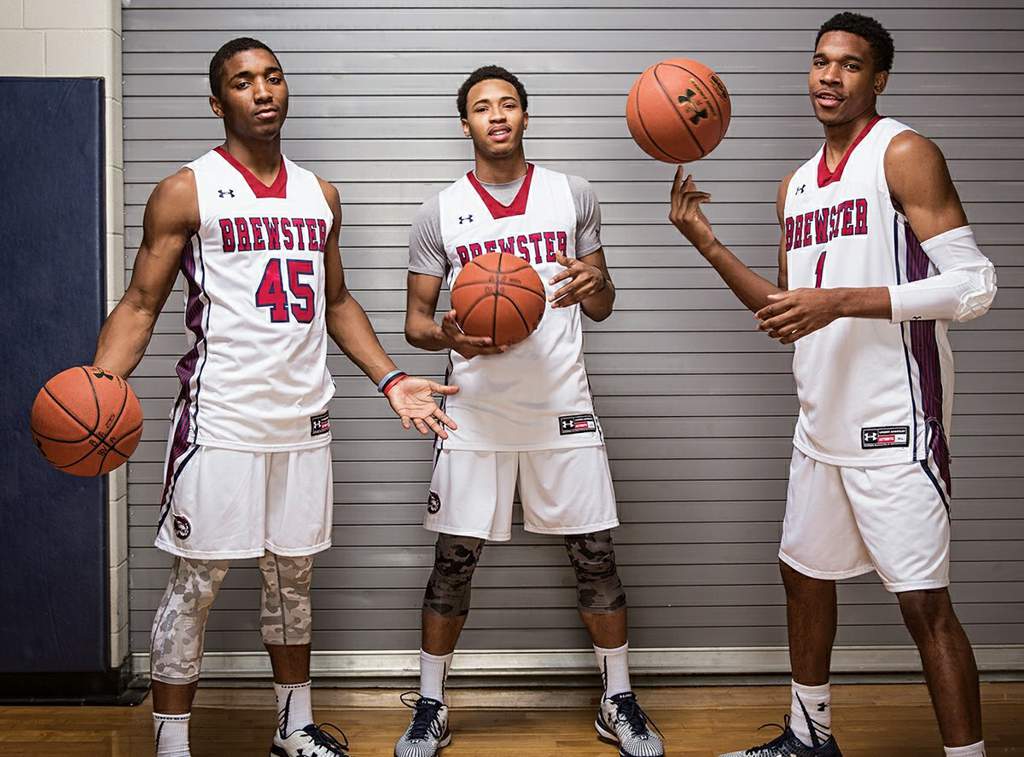 In the control group, the intensity of electric shocks was 2.2 units out of 10, while in the "hostile" participants in the experiment, the indicator was higher - 3.3 units.
In the control group, the intensity of electric shocks was 2.2 units out of 10, while in the "hostile" participants in the experiment, the indicator was higher - 3.3 units.
In 2017, scientists from the University of York conducted a series of experiments to find the relationship between realism and violence in games and human behavior in real life. Unlike previous examples, in the studies conducted, the number of participants was not thirty, but almost three thousand people. In one of the studies, the subjects played different games: some tried to set them up for aggression, using an increased level of realism in the form of Ragdoll physics, for others there was no such element in the game design. In another game, a bespoke shooter, realism was shown by the behavior of the soldiers for one of the groups, while in the second version of the same game, the enemies behaved not so logically.
Given previous "priming" experiments, the result should have been increased violence in those subjects who played games with Ragdoll physics and realistic soldier behavior.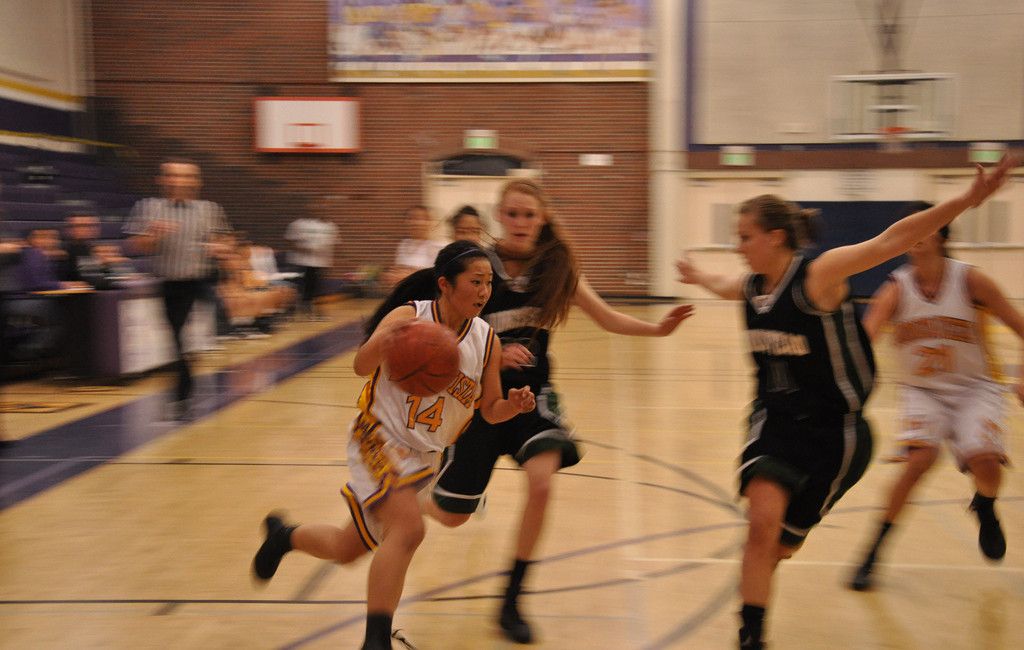 But the researchers did not find a correlation between the games and the aggression of the participants in the experiment.
But the researchers did not find a correlation between the games and the aggression of the participants in the experiment.
The research is ongoing: in the future, experts from the University of York will test the results of other aspects of realism, as well as the impact of extreme content, such as torture. In addition, only adults participated in these studies, so it is necessary to test the effect of elements of games on children.
Most often, the next wave of publications about the dangers of aggressive games comes after mass murders in schools. This terrible problem is also relevant for Russia today after the massacres in Perm and Buryatia, as well as the attempt by a Moscow schoolboy to smuggle gasoline, matches and knives to school. But games are unlikely to be the reason for this behavior.
In 2002, the results of a behavioral analysis of 41 people involved in mass murders in American schools were published - the most relevant sample, which was supposed to show the cause of aggression. Of all study participants, 12% were addicted to video games; twice as many killers read violent books; films with scenes of aggression were liked by 27% of the participants.
Of all study participants, 12% were addicted to video games; twice as many killers read violent books; films with scenes of aggression were liked by 27% of the participants.
In this case, it would be wrong to blame video games for everything. It can be assumed that it is not aggressive games that bring up cruelty, but violent children prefer aggressive games. At the same time, most of the cruelty people receive is not in games, but on TV screens in news releases.
In 2008, the book Grand Theft Childhood: The Surprising Truth About Violent Video Games and What Parents Can Do (Lawrence Kutner, Ph.D.; Cheryl K. Olson) was published in the USA. The title of the book is related to the video game series, which was ranked 2nd most popular among the girls who participated in the survey, and 1st among the boys. Respondents were 1,254 students in grades 7 and 8, 500 parents and focus groups consisting of teenagers and their parents.
According to the survey, 29% of girls and 68% of boys "played a lot" of at least one 17+ game. The ten most popular games for girls were The Sims, Dance Dance Revolution and other simulators. The boys preferred fantasy and sports games.
The ten most popular games for girls were The Sims, Dance Dance Revolution and other simulators. The boys preferred fantasy and sports games.
The survey found a correlation between violent gameplay and common childhood problems. Boys who played games rated 17+ had twice the risk of violent behavior — fights, damaging property for fun, and school problems like low grades — in the past year than boys who played games for children up to this age. In the case of girls, the risk increased three to four times. At the same time, it would be wrong to say that games cause aggression, since a high risk of aggressive behavior was also observed in those boys who did not play video games. On the contrary, Kutner and Olson documented that many children who play violent games do not have problems, and that games - including those with violence - are beneficial in terms of creativity, social skills, and emotional development of the child. They help children cope with stress and release anger.